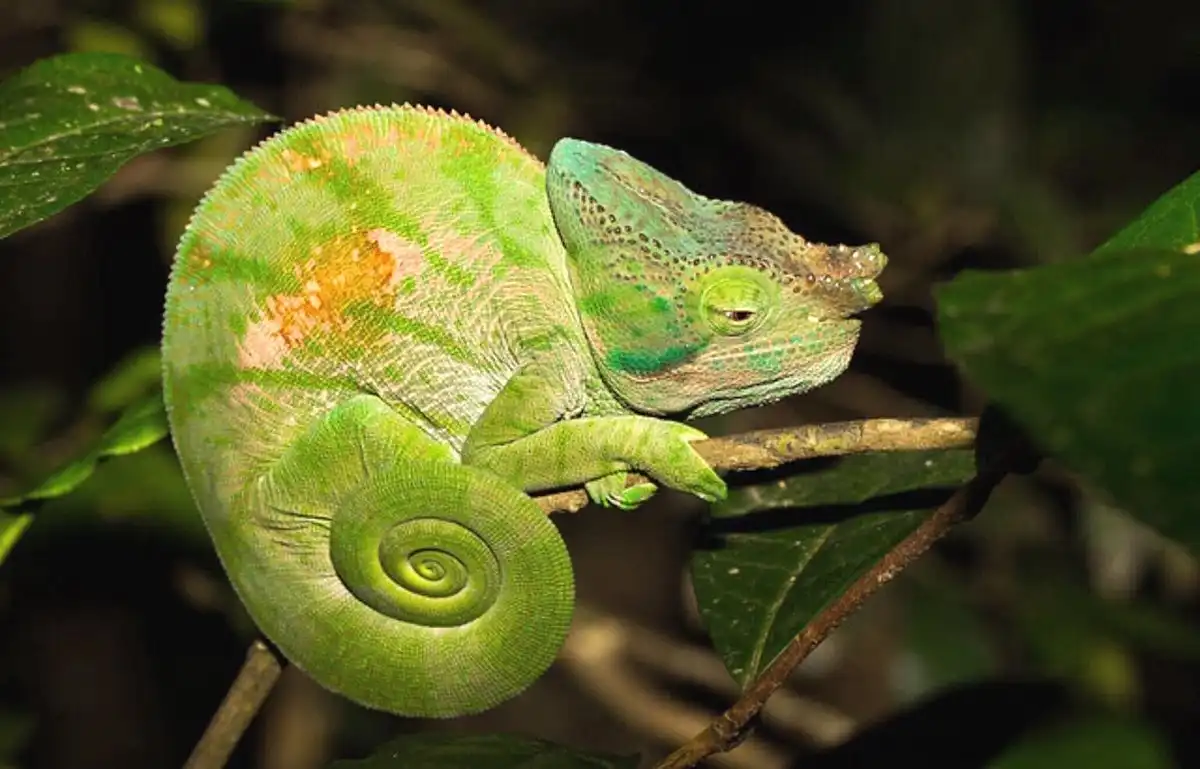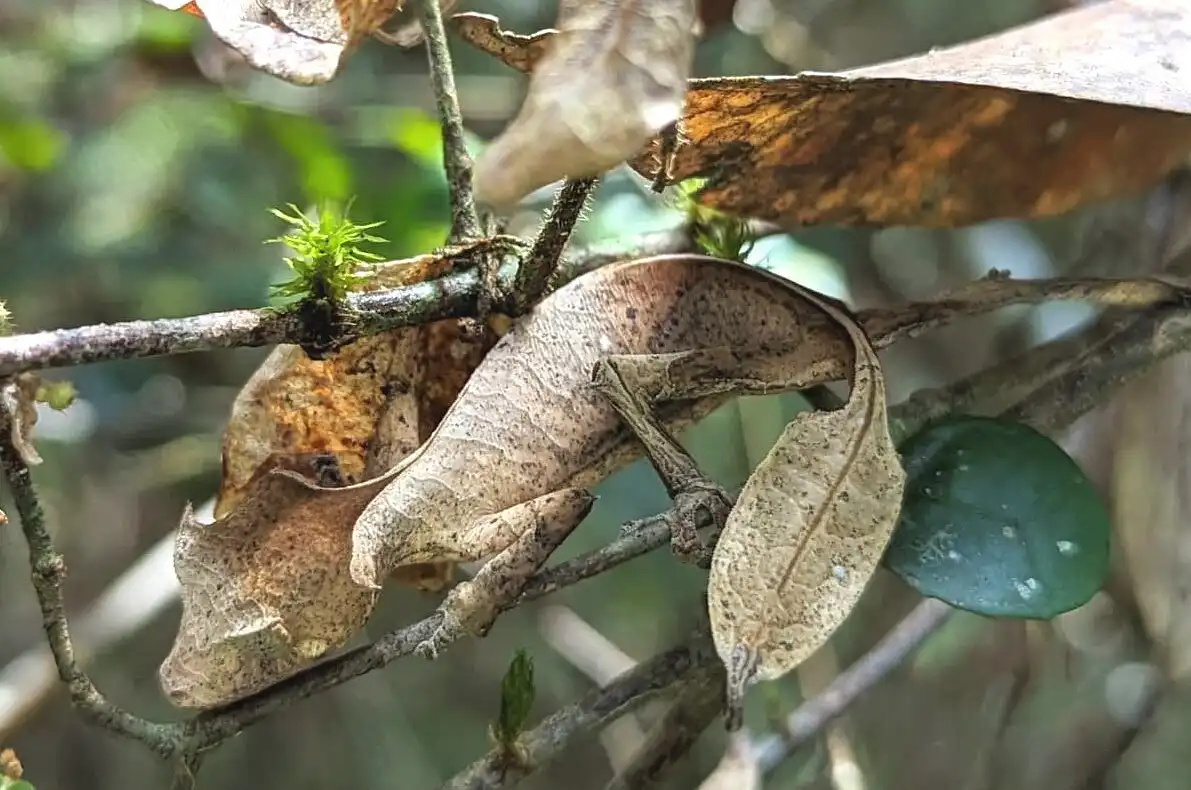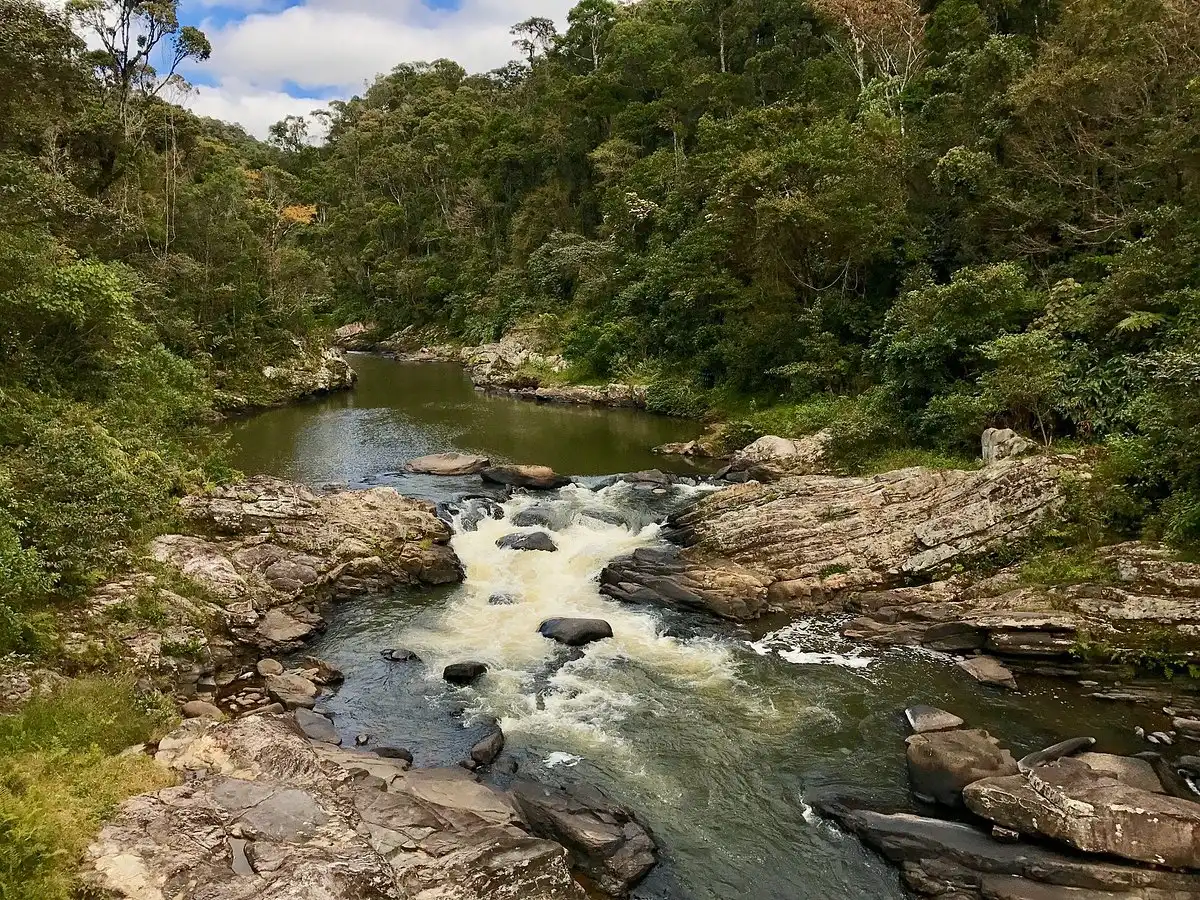

If you find yourself on the fence of visiting Ranomafana, this section is for you. The rainforest, lemurs, and hot springs all work together to draw in international and national tourists to the town, which benefits the 20,000 residents of Ranomafana and the natural landscape more than you might guess.




To achieve this, MNP:
Deploys park rangers to patrol the area, ensuring the protection of natural resources and conducting ecological monitoring to assess the health of the park’s biodiversity.
Oversees the installation and upkeep of conservation infrastructure, such as boundary markers, firebreaks, and watchtowers.
Promotes public awareness about the importance of preserving the park’s biodiversity.
Collaborates with local communities, engaging them in conservation efforts as guides, escorts, porters, cooks, and laborers.
Ensures that tourism facilities and infrastructure are in place, allowing local communities to benefit from tourism.
Partners with organizations focused on research and development in the park’s surrounding areas, enhancing knowledge of the park and supporting local economic growth.
Without tourists to the national park, MNP is unable to operate under optimal conditions. And unfortunately, the COVID-19 pandemic has decimated the ecotourism industry across Madagascar. Prior to the pandemic, Ranomafana National Park received close to 19,000 international visitors annually. Post-pandemic, the park has received closer to 3,500 international visitors annually. This is close to a 70% decrease in tourists, and has meant financial strain for not only MNP’s biodiversity conservation goals, but for the people in town who work at the hotels, restaurants, and shops that cater to visitors.
Your visit is a small but incredibly meaningful part to restoring what the pandemic took from Madagascar. Your presence is valued and you are very welcome here.